Satellite skylines across the water from Manhattan are a curious phenomenon: they appear to stay frozen in time for decades until they hit sudden, and typically large, growth spurts. As Lower Manhattan was still reeling from the tragedy of 9/11, Jersey City sprouted a forest of cranes. East of the Financial District, the current decade has ushered Downtown Brooklyn’s skyscraper renaissance, as its solitary peaks are now morphing into manmade canyons. Yet as 2015 draws to a close, Long Island City is set to command development watchers’ attention, and the region’s perpetual skyline underdog is about to undergo a complete overhaul.
As the city’s largest and most diverse borough, Queens has always been a vital chunk of the Big Apple, yet aside from the ephemeral peaks and pavilions of the World Fairs, its skyline never truly registered on the radar.
Despite its position directly across the river from Midtown Manhattan, Long Island City’s profile of low slung rowhomes, power plants and industrial lofts has been pierced only by a small handful of highrises, including the 14 story Bank of Manhattan Company Building (the 1927 clock tower at 29-27 Queens Plaza North that was landmarked earlier this year), as well as the 658 foot tall One Court Square built in 1990, which is still the city’s tallest outside of Manhattan.
In 2001, the Department of City Planning saw potential in Long Island City’s central area, anchored by the twin focal points of Queens Plaza and Court Square, and rezoned 37 adjacent blocks for office, retail and residential development.
Kickstarted in 1998 by the Citylights tower at 4-74 48th Avenue, the Hunters Point waterfront at the western edge of the neighborhood has been transformed into a high-rise residential enclave, yet the rezoned 37 blocks saw a slower start with fewer major projects. Now, the skyline balance is about to shift back inland.
At the moment, there are at least seventeen buildings with 25 floors or more under construction or in planning, ten of which will tower over 40 stories. Combined, these projects will bring over 8,000 apartments, as well as hundreds of hotel rooms and well over 100,000 square feet of retail space.
These figures do not include numerous infill developments, which will barely make a dent on the skyline yet will provide enough offerings to match their larger counterparts. The past year saw the construction of a 26-story apartment tower at 44-41 Purves Street and a 31-story Marriott Hotel at Queens Plaza, yet these are only an opening act for what’s to come in the very near future. Even if some of these projects were to undergo unforeseen alterations, the neighborhood’s transformation will still be among the city’s most drastic.
Despite the frenzy of development, Central Long Island City is not without issues. The bridges, tunnels and trains that provide near-unmatched connectivity are also a source of near-constant traffic jams and noise. Elevated N, Q, and 7 trains rumble above the streets, their support columns weaving between the car-clogged approaches to the Ed Koch Queensboro Bridge.
Elevated crossings into Brooklyn and Sunnyside span the polluted Newton Creek and the Sunnyside Railyards. When development inevitably takes place on above-ground platforms a la Hudson Yards, the Yards will become a multi-acre construction site for at least a decade; until then, they remain a fenced off rail depot.
Even with these constraints, it is surprising that the neighborhood took so long to hit its stride. Long Island City is minutes away from Manhattan, whether by train, car, or bike. The neighborhood features one of the highest concentrations of art galleries, institutions, and studio spaces in the city. Manhattan views are spectacular, and shopping and nightlife hotspots such as Astoria and Sunnyside are right next door.
And now, finally, the skyscrapers that dominate Manhattan seem to be leaping eastwards along 57th Street, sprouting well past the Queensboro Bridge, and bringing much-needed life and vitality to Queens’ westernmost neighborhood.
Subscribe to YIMBY’s daily e-mail
Follow YIMBYgram for real-time photo updates
Like YIMBY on Facebook
Follow YIMBY’s Twitter for the latest in YIMBYnews

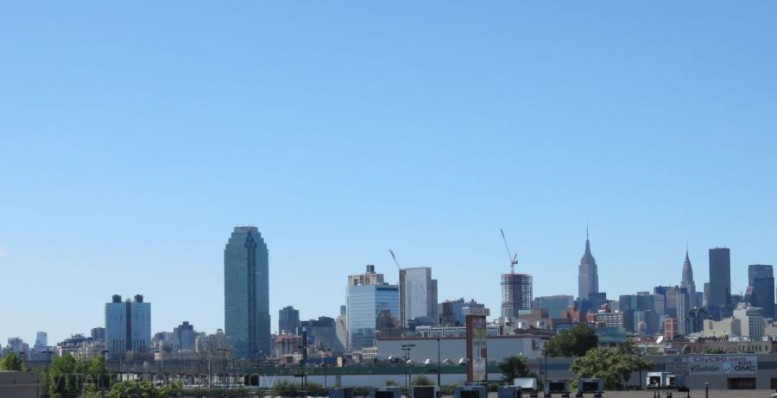
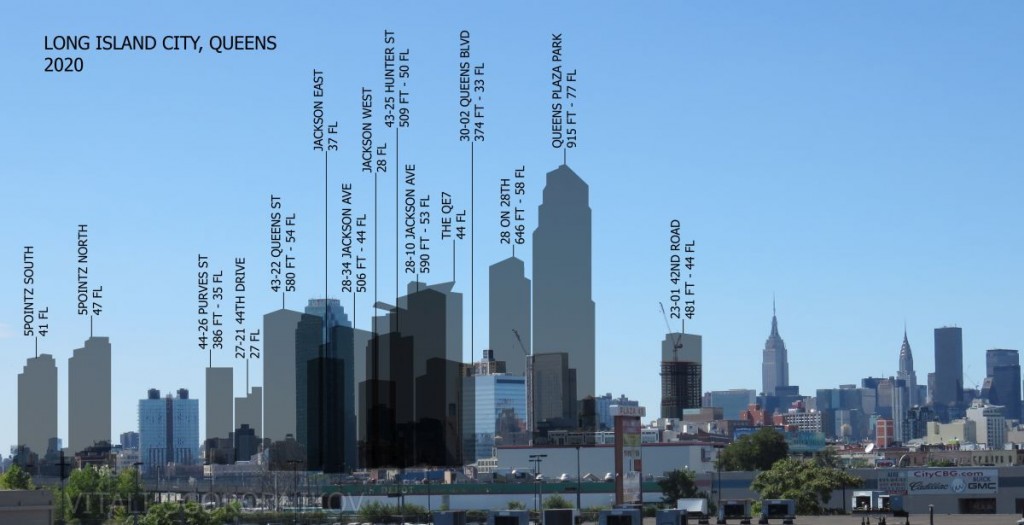
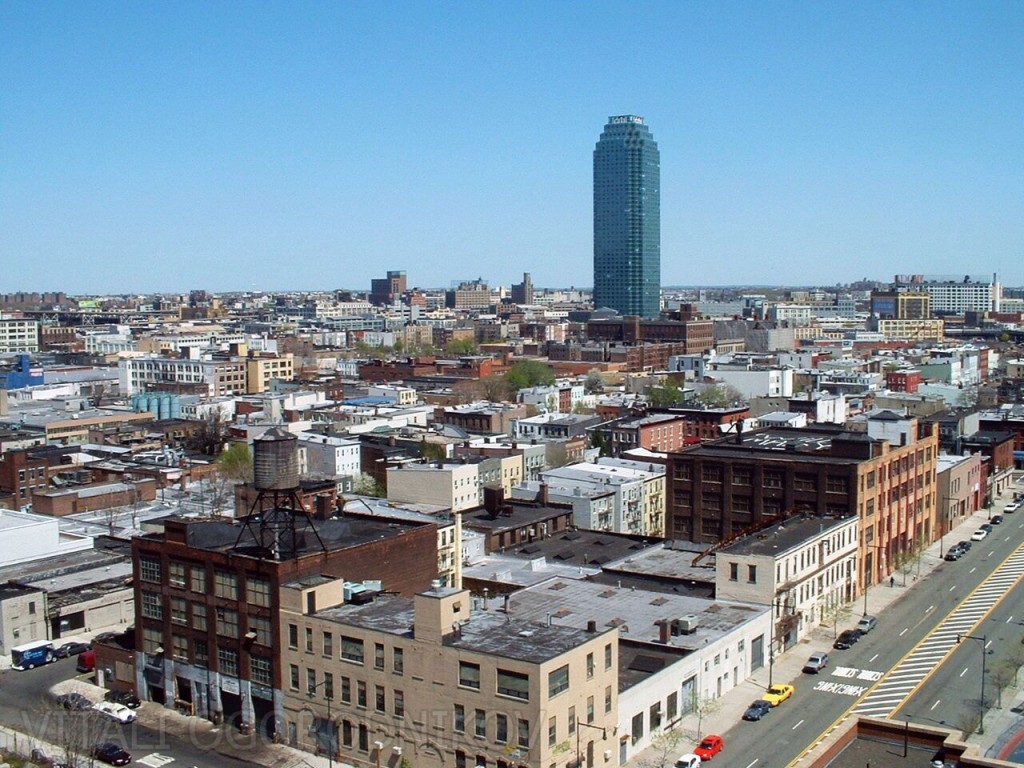
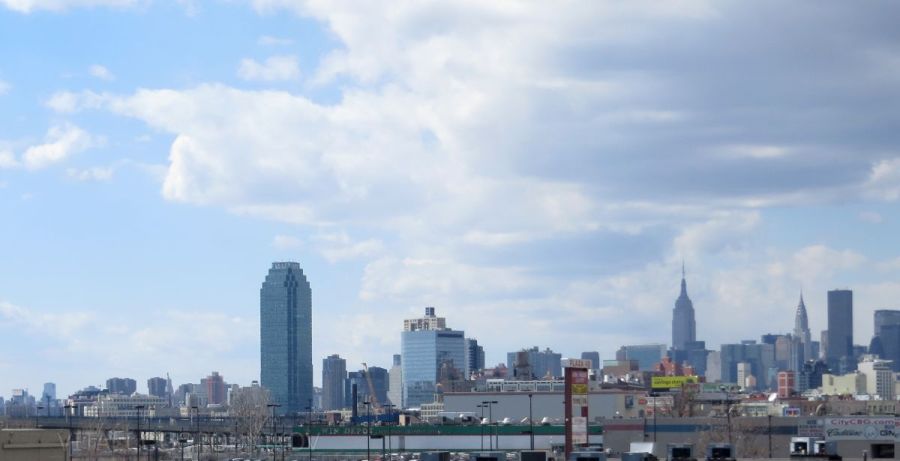
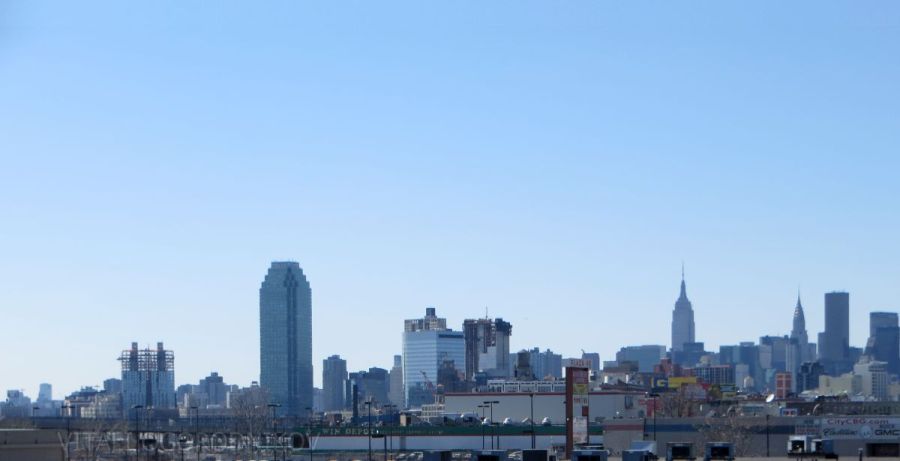
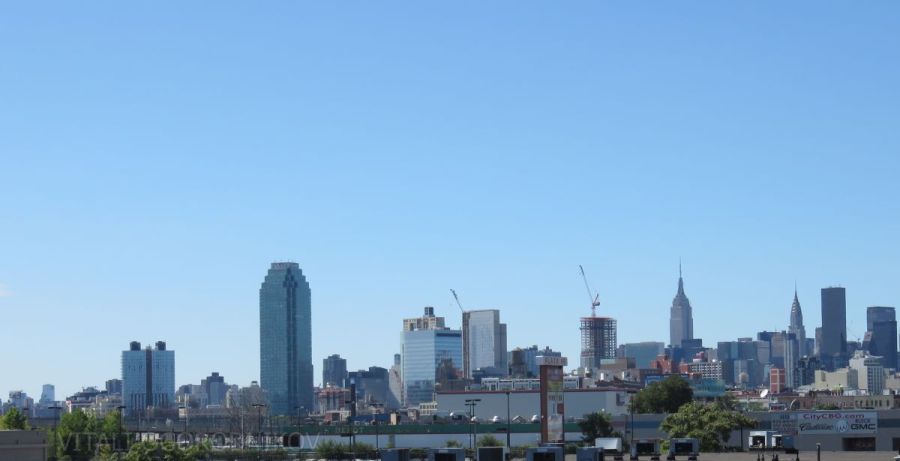
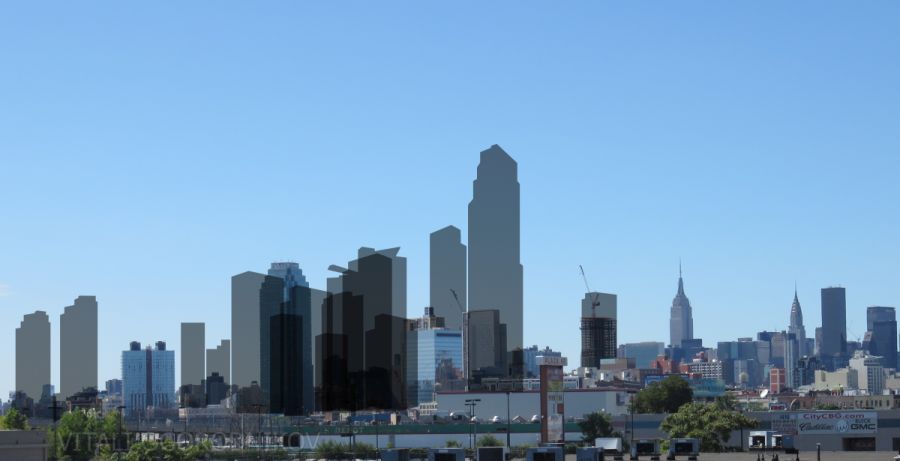

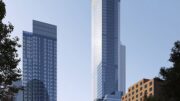


Unfortunately, this building frenzy doesn’t appear to be adding much charm, street life or vitality to the area. Appears that it will be a soulless enclave, ala UES.
I lived in Astoria back in the early 1990s – 2006. I didn’t mine not seeing the highrises. It was kind of a way away from Manhattan.
My family lived in Hunter’s Point for four generations, from 1888 to 1984. The only reason I left was because my mother decided to sell the house we’d lived in since 1904, in order that I not inherit it. (I was told multiple times over the years, to my face and in front of witnesses, “You’re not inheriting this house if I can help it!”)
I look at the changes in the neighborhood, starting with that giant glass dildo that was built on the site of the old St. John’s Hospital, and I’m disgusted. Hunter’s Point was zoned industrial for many years by NYC, in a deliberate post-WWII effort to push the residents out and make it strictly an industrial enclave – we couldn’t even rebuild if something happened to our homes. Our public school was taken away, roads were gouged through taking with them homes and churches, all in the name of clearing the way for industry. Then the yuppie class discovered our neighborhood, and the rest is history.
Take it from someone whose grandparents and great-grandparents built Long Island City, going back to when it was an independent city: all that area close to the river is mush and landfill. There was a *reason* those who built the city didn’t build homes close to the river. Good luck to those who live in those huge, heavy-on-the-land high-rises when you all start to sink and flood.
Super interesting to see the developments taking place to the west of Sunnyside.